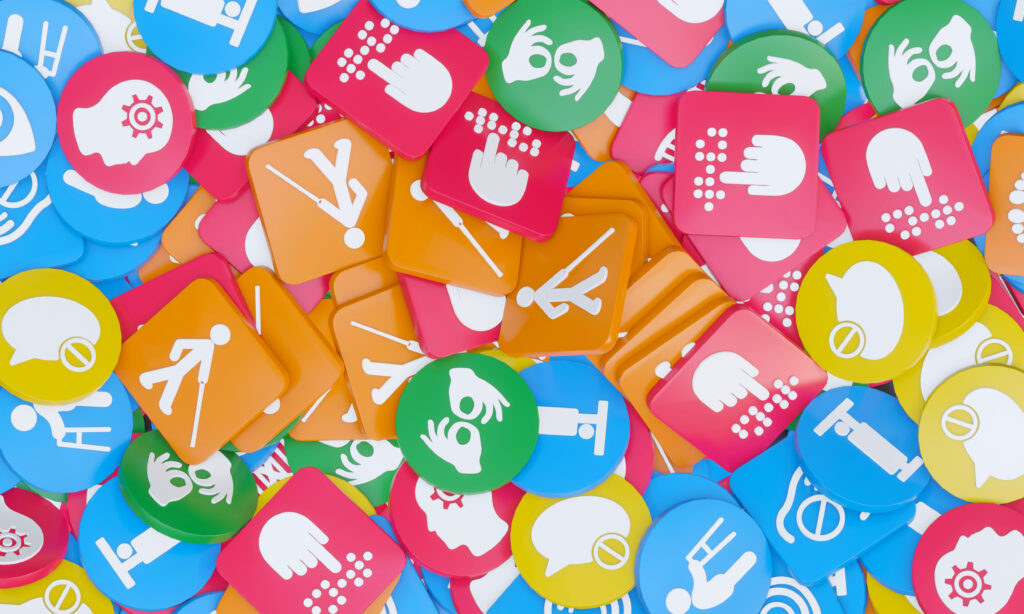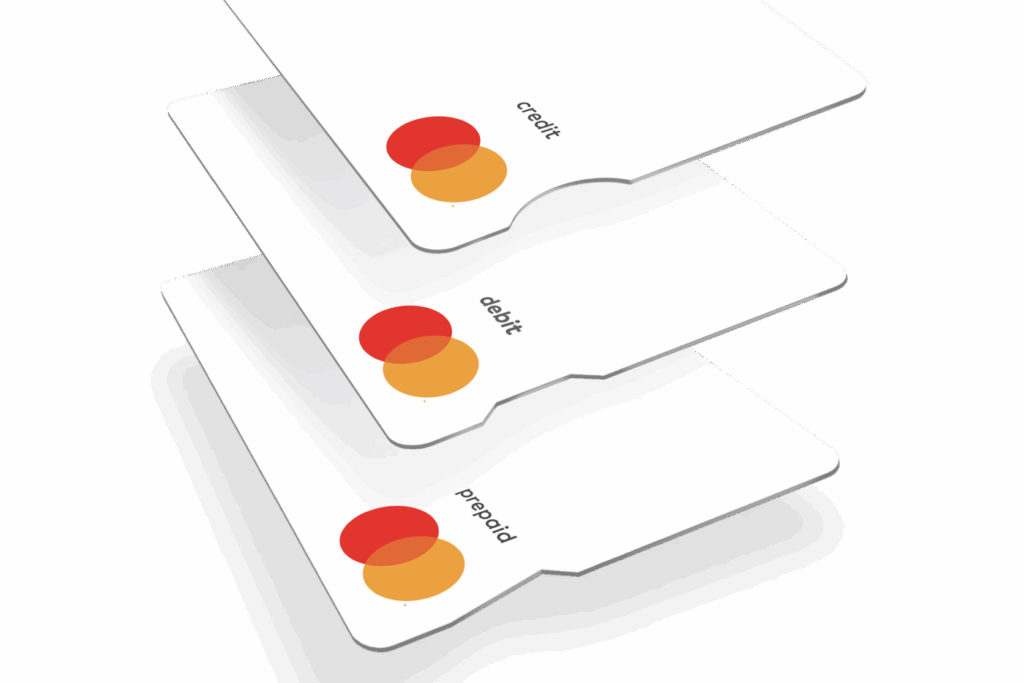Designing for Accessibility: Inclusive Practices for a Diverse Audience
As a designer, no matter what field you are in, you can design accessibly with other people in mind. This is particularly important as it allows more people to interact and access your content with ease, not just individuals with disabilities. Have you ever wondered how can you design with accessibility? If you would like a few helpful hints, we have rounded them up for you so that everyone can experience and appreciate your work.
The Power of Inclusive Design
When your design is accessible, it is easily reachable; it resonates with people and allows them to act. Inclusive design doesn’t only consider people with disabilities; it also enriches every member of the community and ensures a sense of belonging. Although there is no one-size-fits-all approach to inclusive design, here are a few key strategies to consider when designing for accessibility.
Example: Closed captions on videos not only support Deaf users but also help people in noisy environments or those learning a new language.

Recognize Diversity
The key to inclusive design is to understand your audience. When you keep your audience in mind, you gain a much better insight and understanding that can shape your creation. You will learn what they like and dislike, which factors to avoid and exclude, and so on. When you incorporate a range of diverse perspectives and visuals, you transcend barriers and forge connections.
Tip: Try tools like Color Oracle to simulate colour blindness and test your designs for visual accessibility.
Collaborate
Collaborative efforts foster an exchange of ideas and perspectives. By including a variety of perspectives from different individuals, including those with disabilities, this enhances your creativity and helps you gain valuable insights that shape your creation. The more insights you gain, the wider audience you reach.

Real-world example: AccessNow works with users worldwide to map accessible spaces using crowdsourced data.
Use Special Design Techniques
It’s imperative to consider different colour choices, intuitive layouts, and clear texts to enhance readability, along with other special design elements. These will make your design more accessible to individuals with disabilities, helping people with visual impairments to access and navigate your content.
See how we bring accessibility to life in our design portfolio.

Embrace Innovation
Embracing modern-day technology features, such as augmented reality (AR) and Virtual Reality (VR), along with voice-controlled interfaces, enables diverse audiences to interact with your content. You can also choose to use machine learning tools and artificial intelligence (AI) to analyze the behaviour of your users before you create and design your content.
Example: Mastercard’s accessible card design removes barriers.

Design Accessibility and Wayfinding
Wayfinding is the process of providing visual cues to aid individuals in navigating a space, both in physical and digital environments. As a designer, it’s imperative to provide clear and consistent information when you are designing accessibly.
Wayfinding design manifests itself in many areas. For starters, you will see it on accessible ramps and elevators, restrooms, concrete pavements, and pathways. To effectively guide your audience, you will need to use high-contrast colours to improve visibility. You will also need to use clear fonts, which can be particularly helpful for individuals with visual impairments.

In some cases, accessible design includes braille, placing it alongside other standard information to guide people. Audible signals and voice announcements can also be used for those with hearing impairments. Such information can complement the visual elements for a comprehensive wayfinding experience.

“Pearson accessible check-in kiosks have several options available: a navigational keypad featuring braille labelling and tactilely discernible keys that are operable with one hand; a headphone jack with volume control for audible instructions; anti-glare coating on the touch monitors to ease reading in bright light conditions; and wheelchair-accessible height, like all check-in kiosks at Pearson.”
Quote: The image and description are from X.
Real-world examples:
- Toronto Pearson Airport uses tactile floor paths and audible signs.
- Transit apps like Transit App use colour, audio, and iconography to improve accessibility on mobile.
Use these strategies in digital design:
- Label navigation landmarks using ARIA tags.
- Apply breadcrumbs for orientation.
- Combine audio signals with visuals.
To sum it up, your design will be much more accessible when you keep your audience in mind. Accessibility in design is essential, regardless of a person’s abilities. It allows others to understand, perceive, navigate, and interact with your content, product, or service effectively
Helpful Tools for Designers
To get started with accessible design, try these helpful checklists:
Design for Impact. Start Today.
Accessibility is not just a feature. It’s a responsibility. Whether you’re refreshing a website, building a new product, or launching a campaign, inclusive design makes sure no one is left out.
Here’s how to take the next step:
- Download the free accessibility checklists to audit your design
- Test your work with real users, especially those with disabilities
- Work with us to embed accessibility in every stage of your process
Let’s create a digital world where everyone feels welcome. Contact us today and let’s get started.
Keep learning with more resources and case studies on our blog.



Leave a Reply